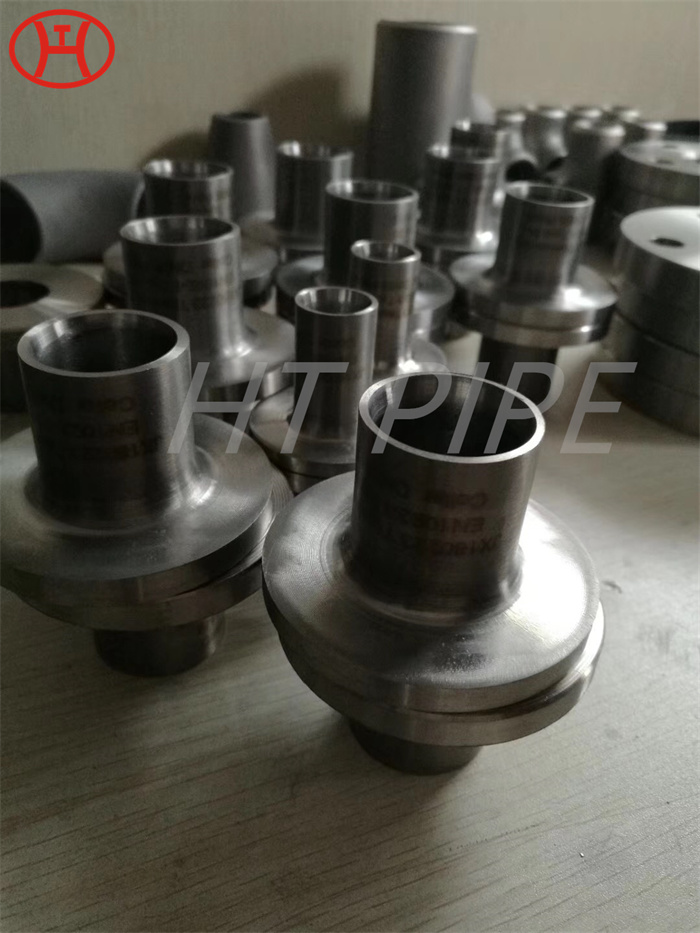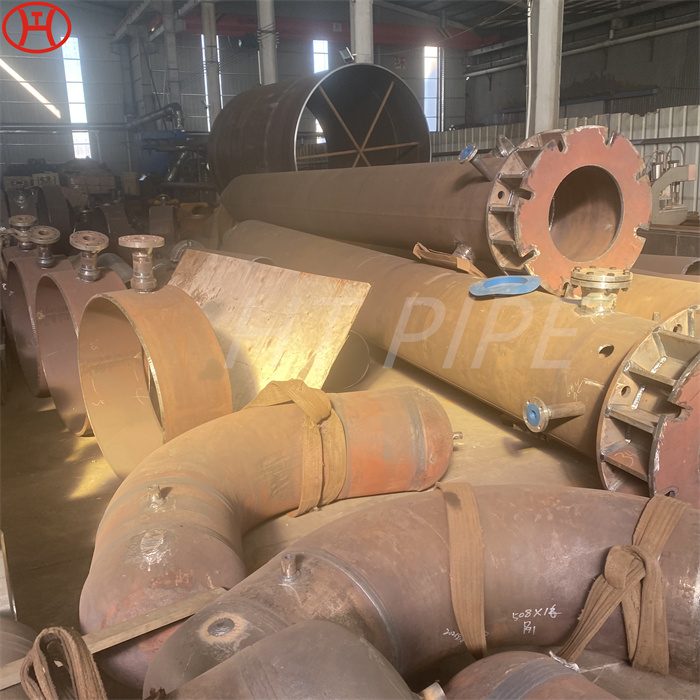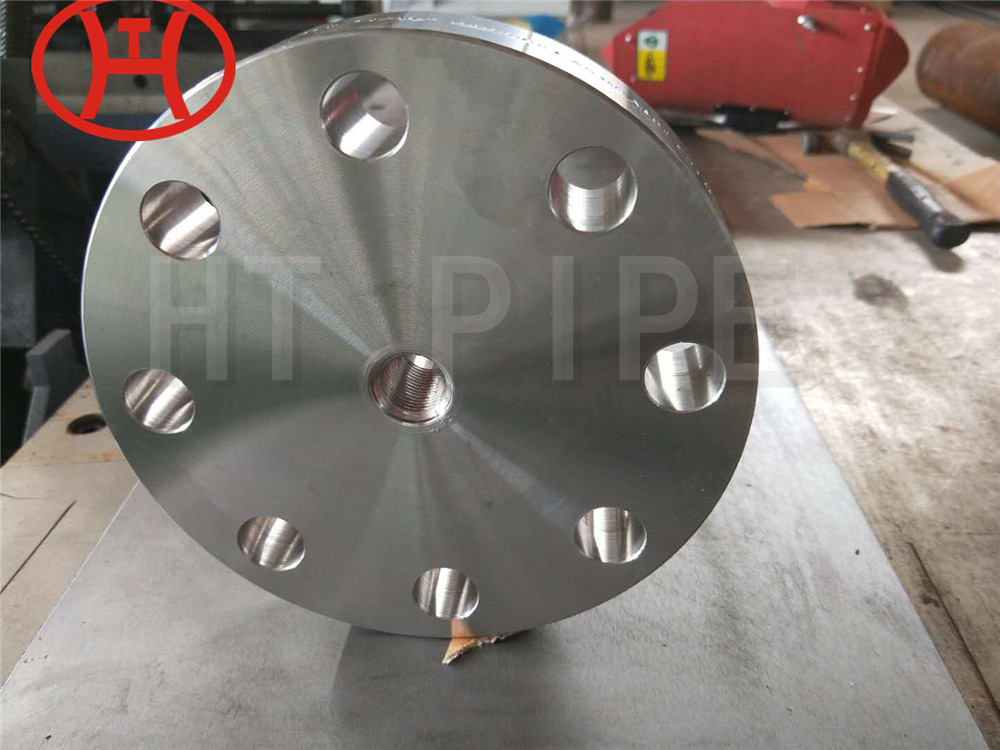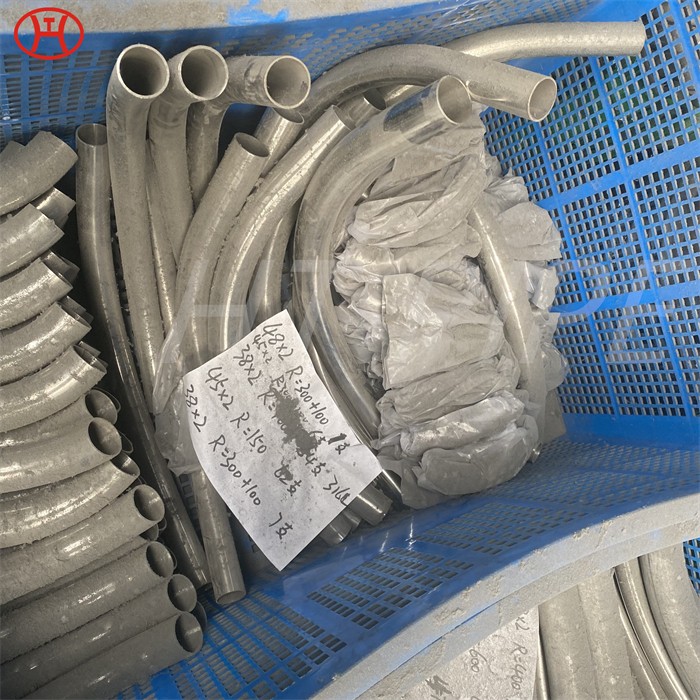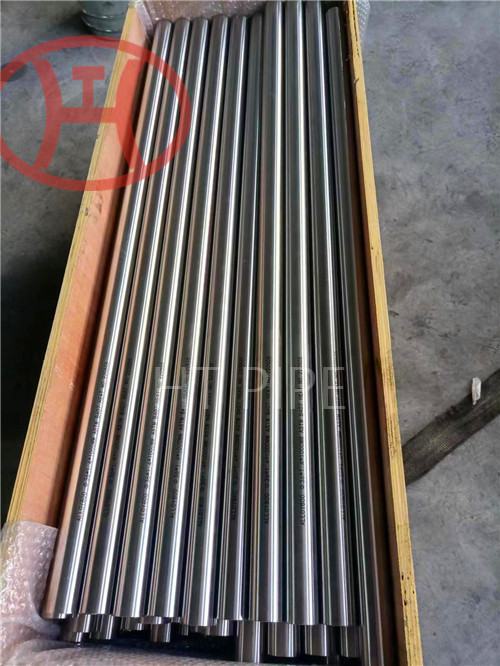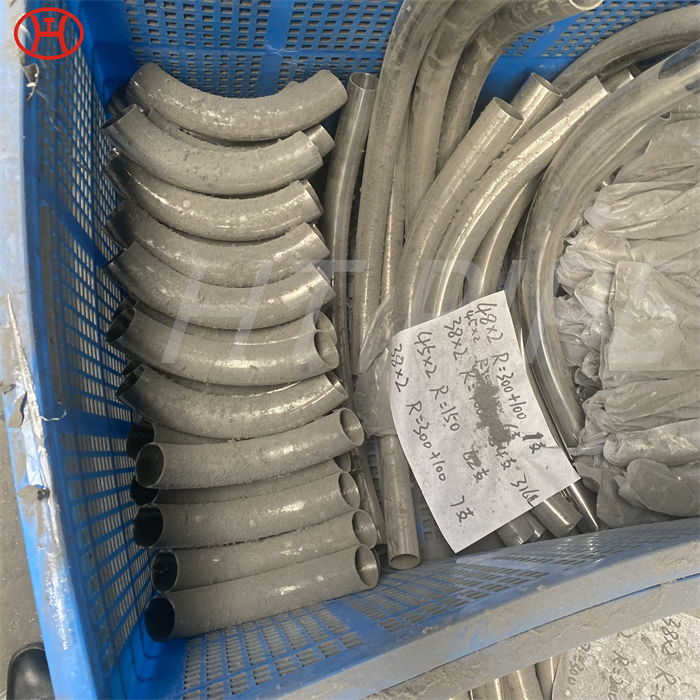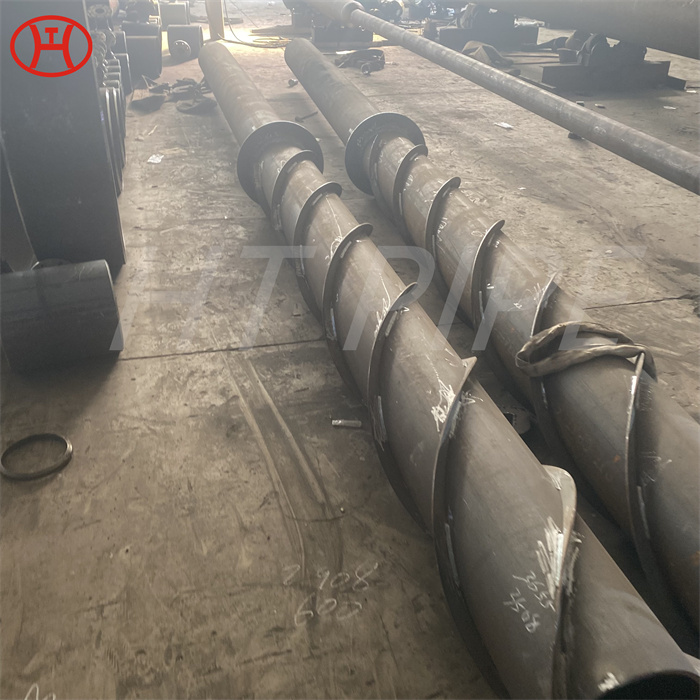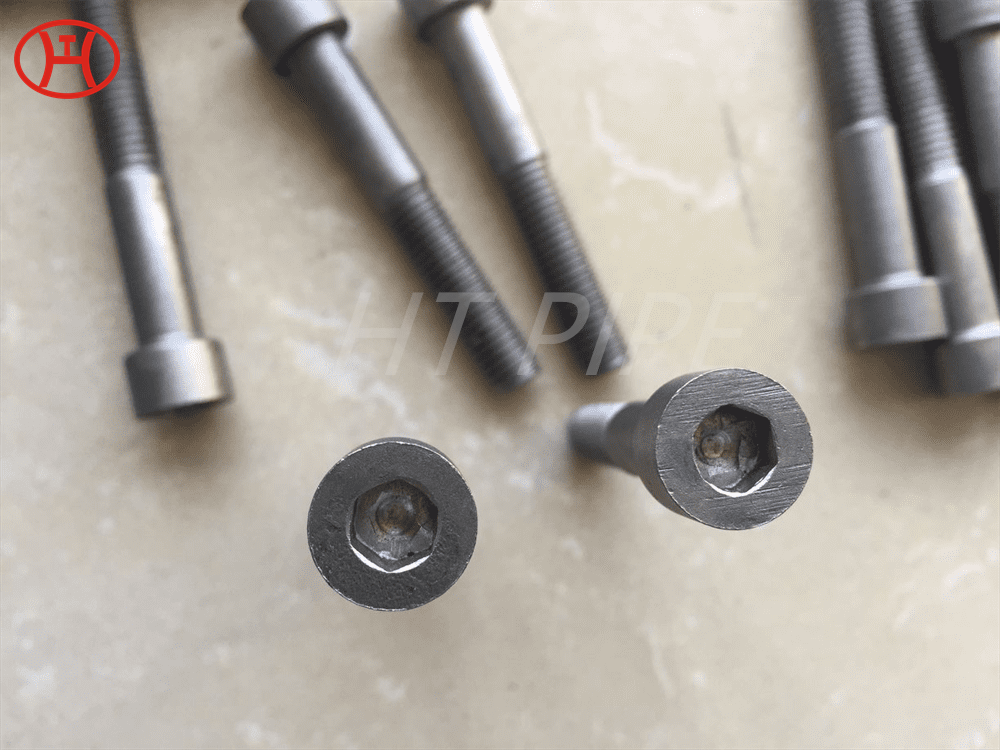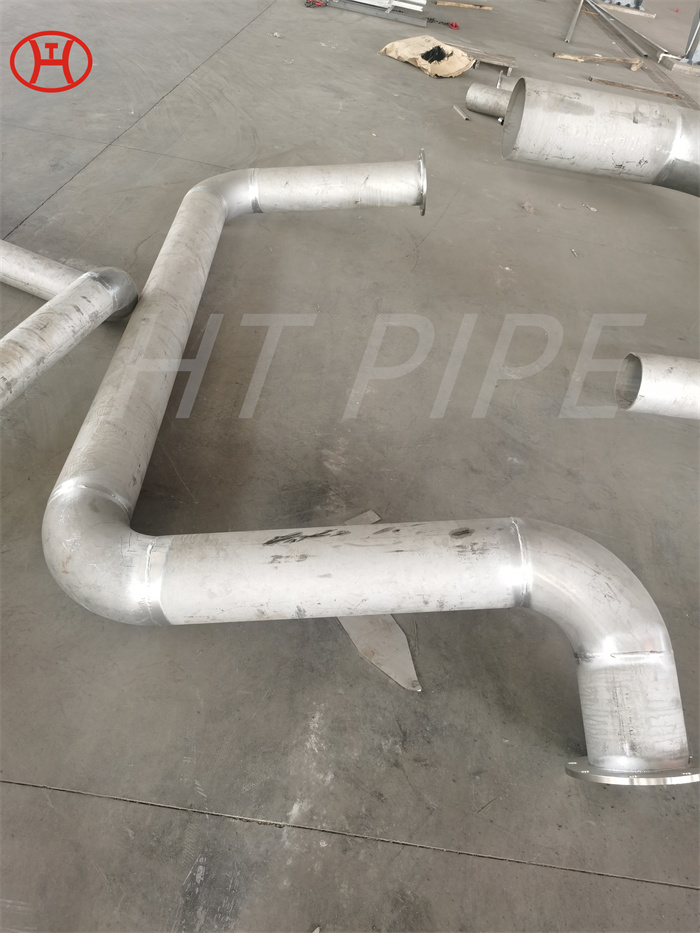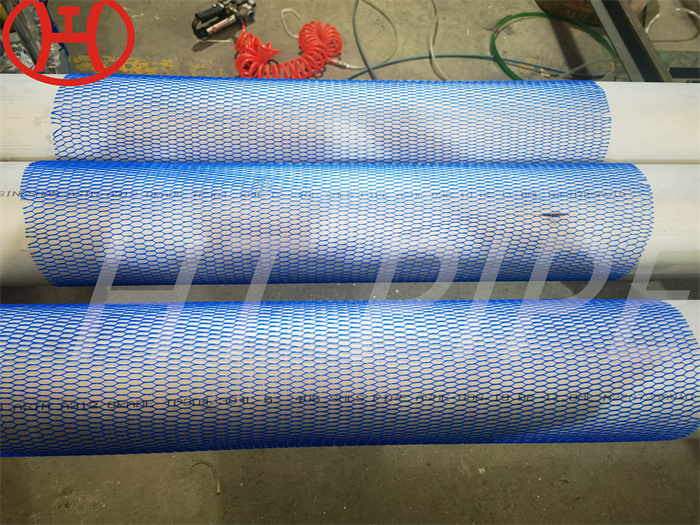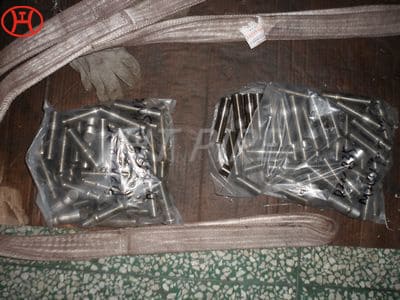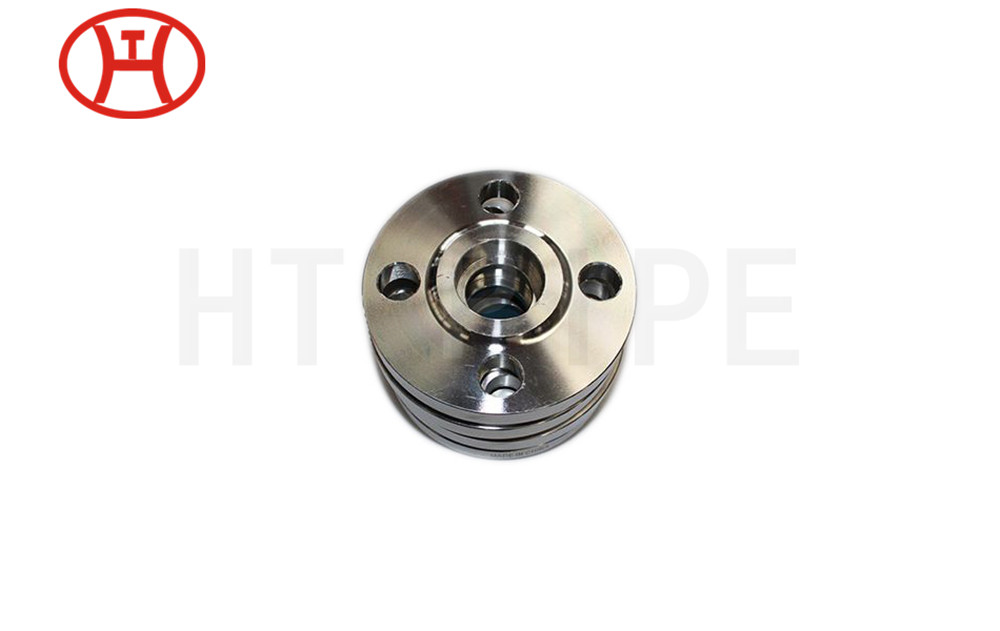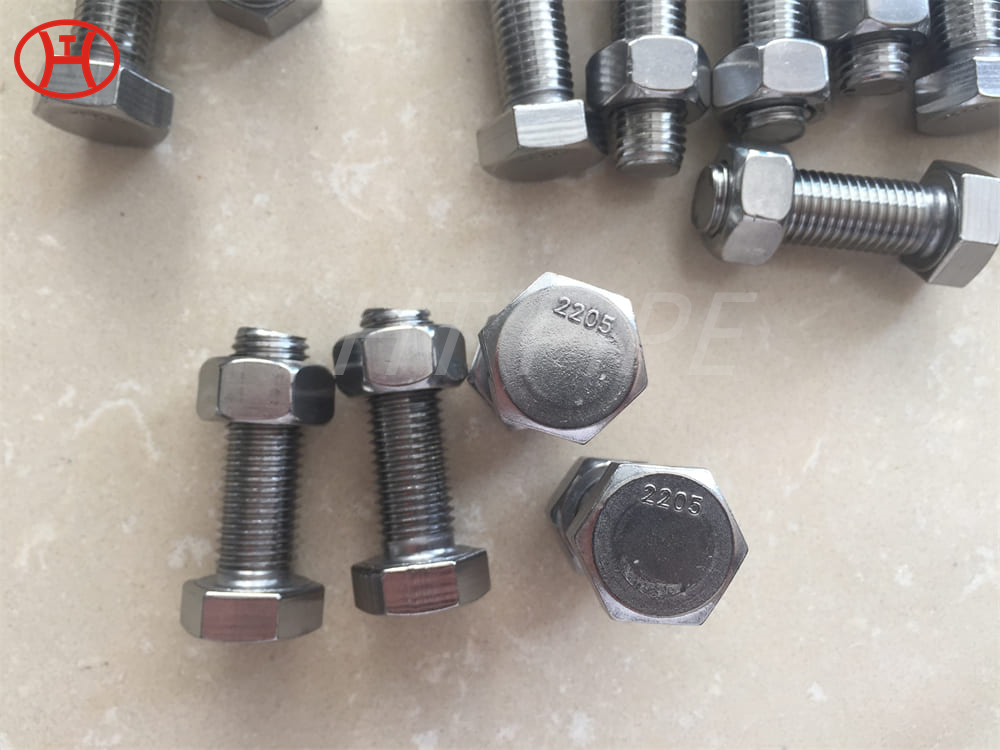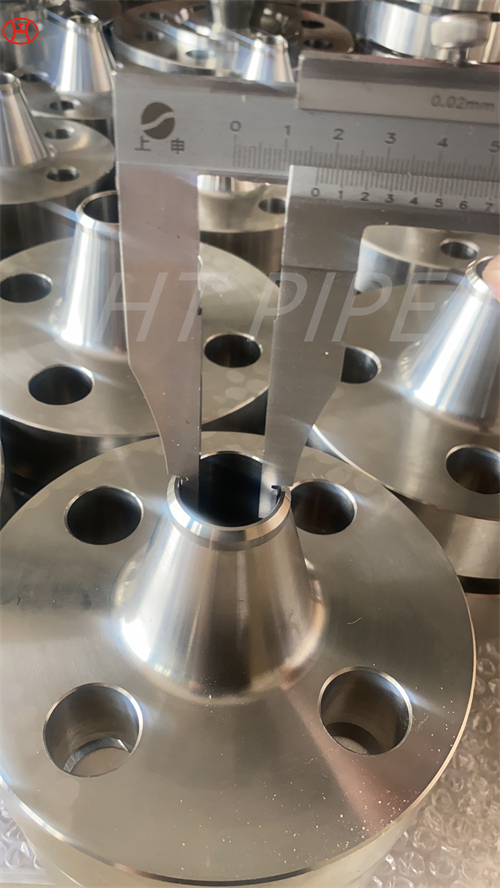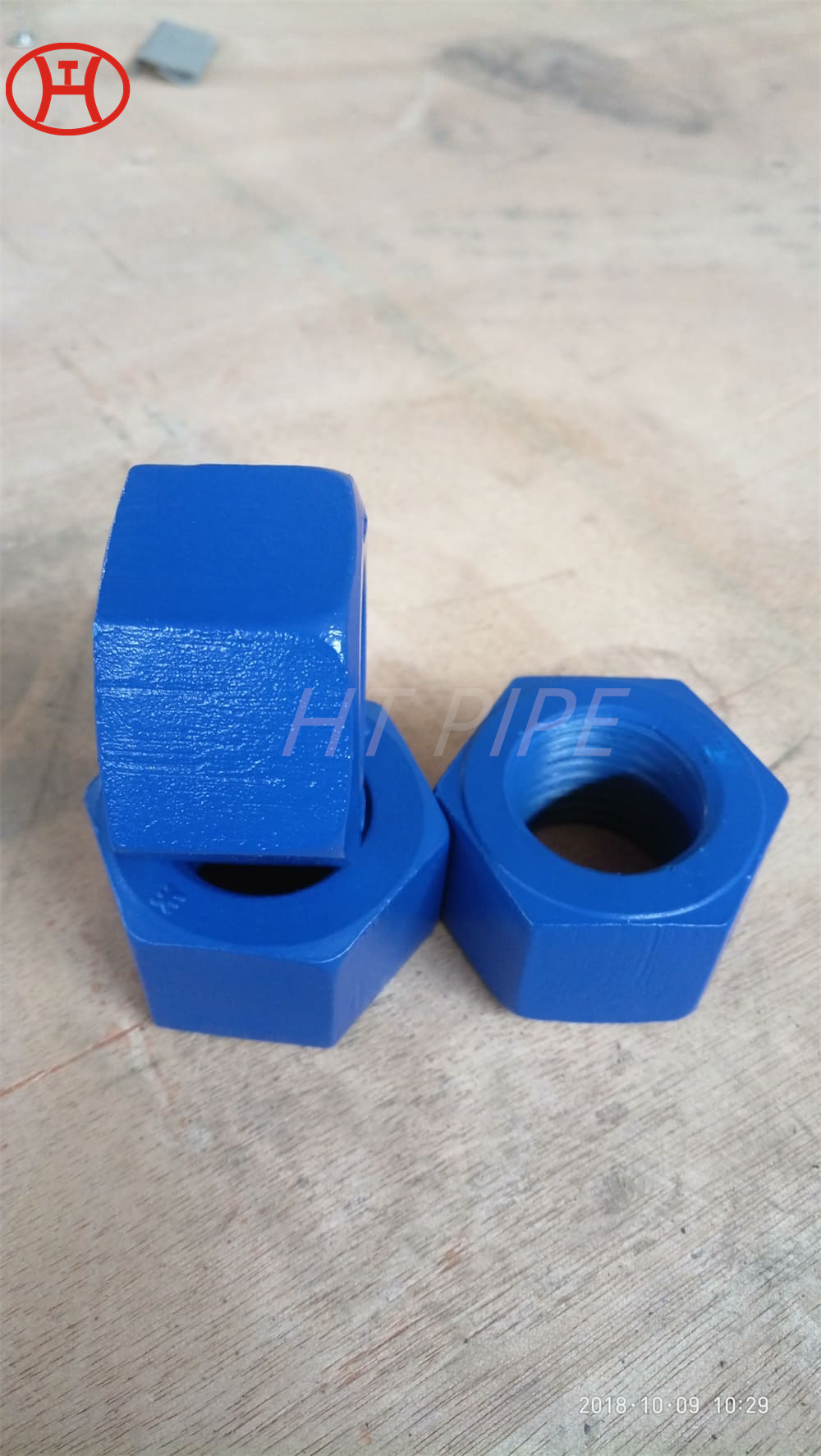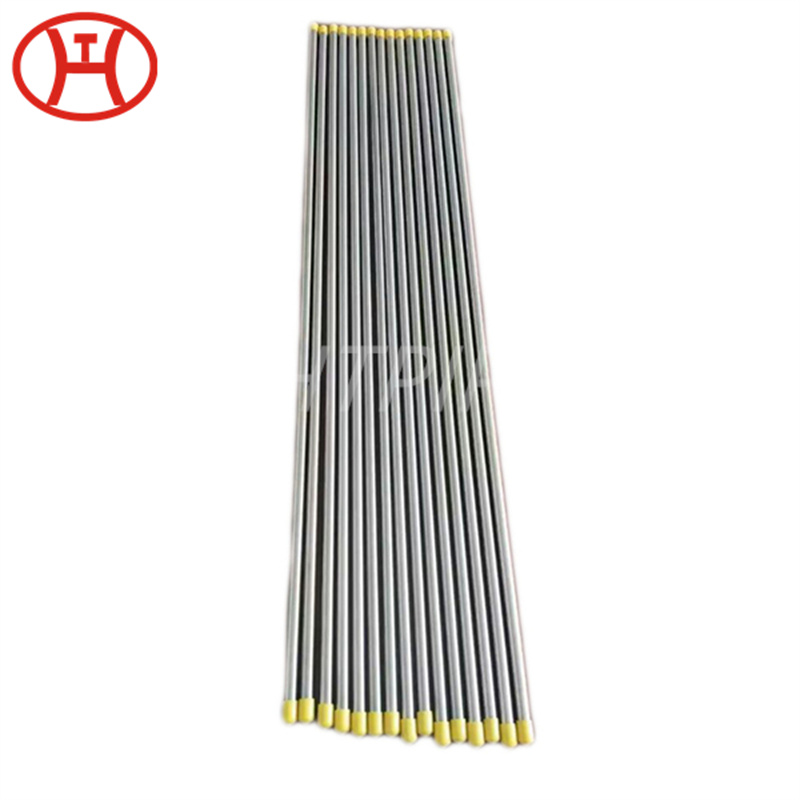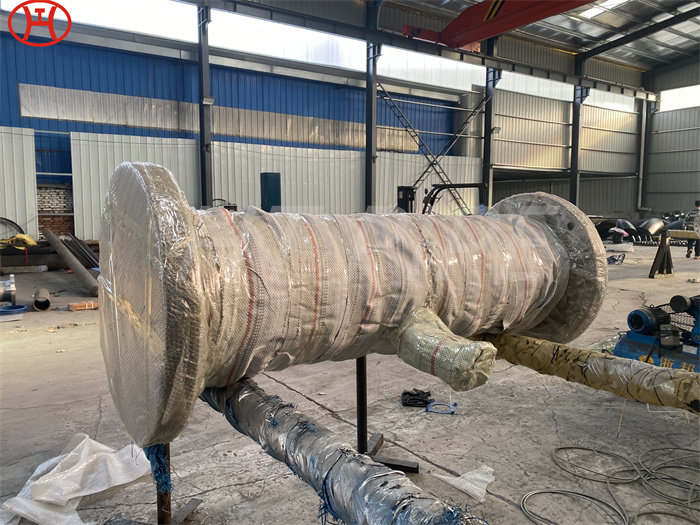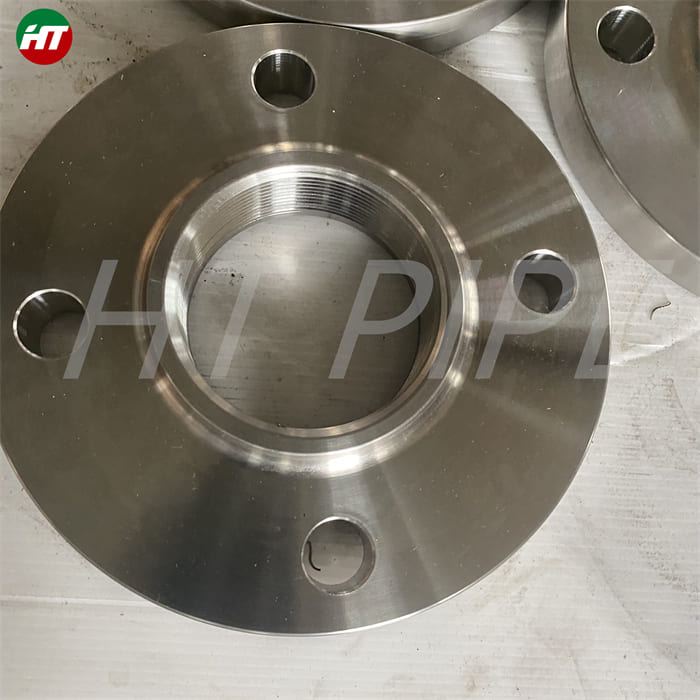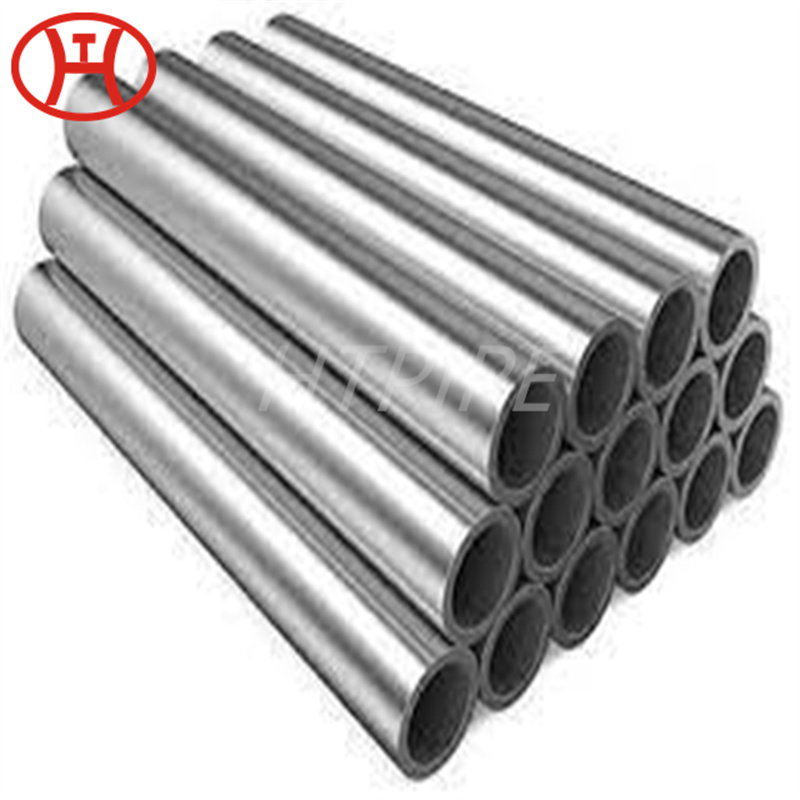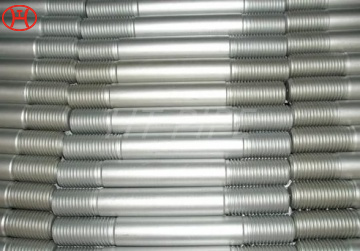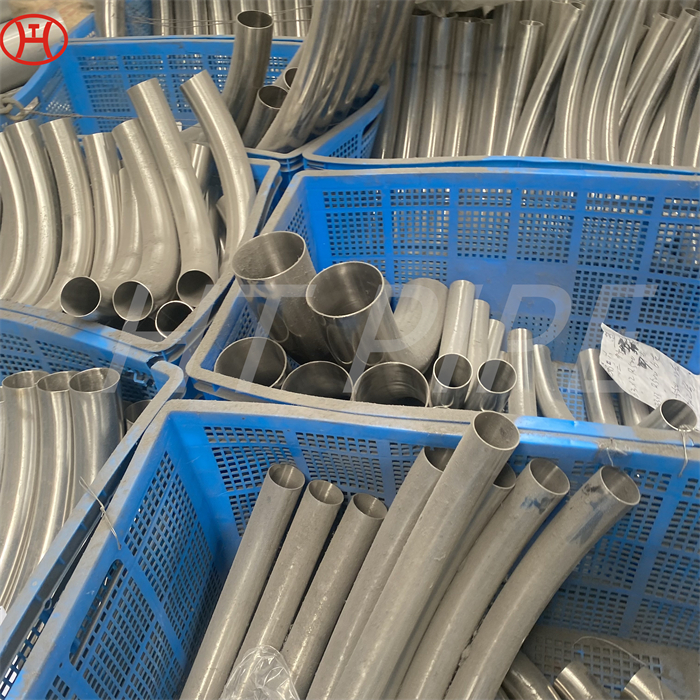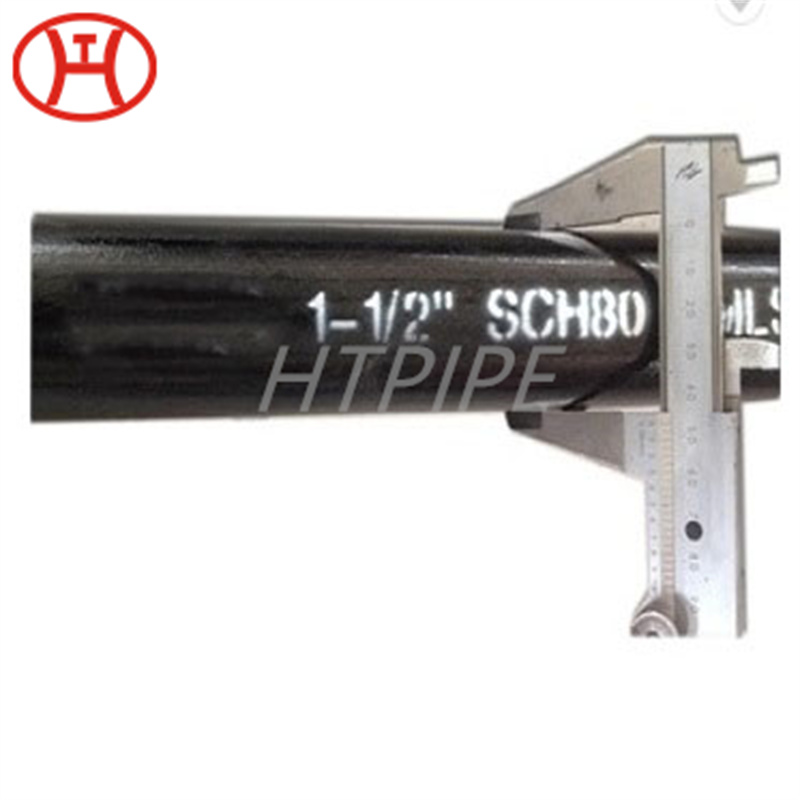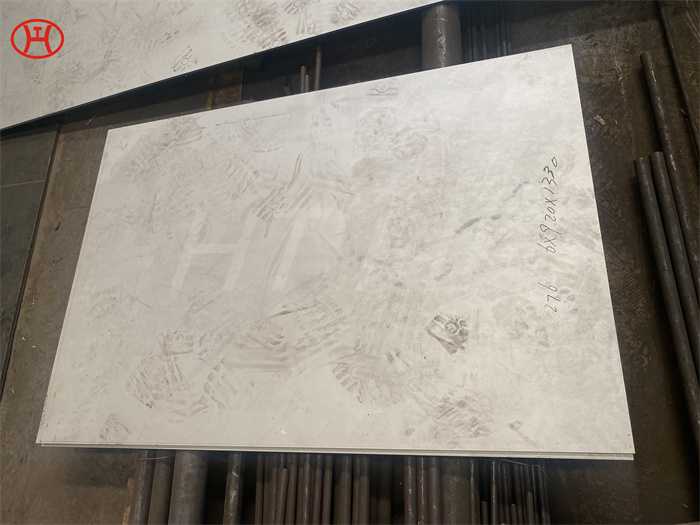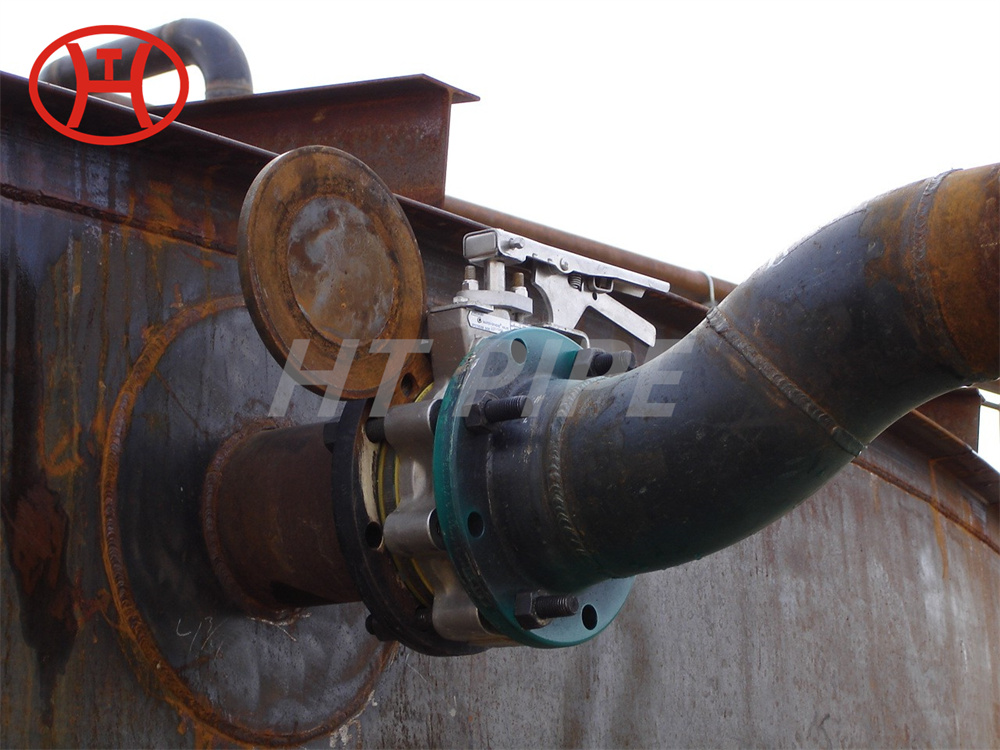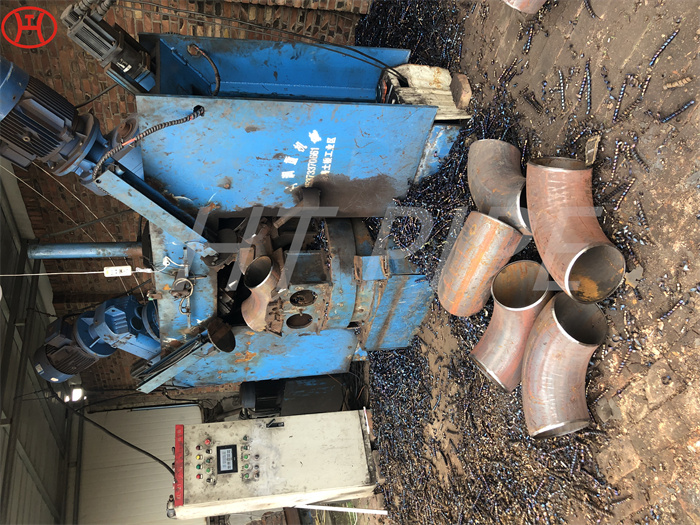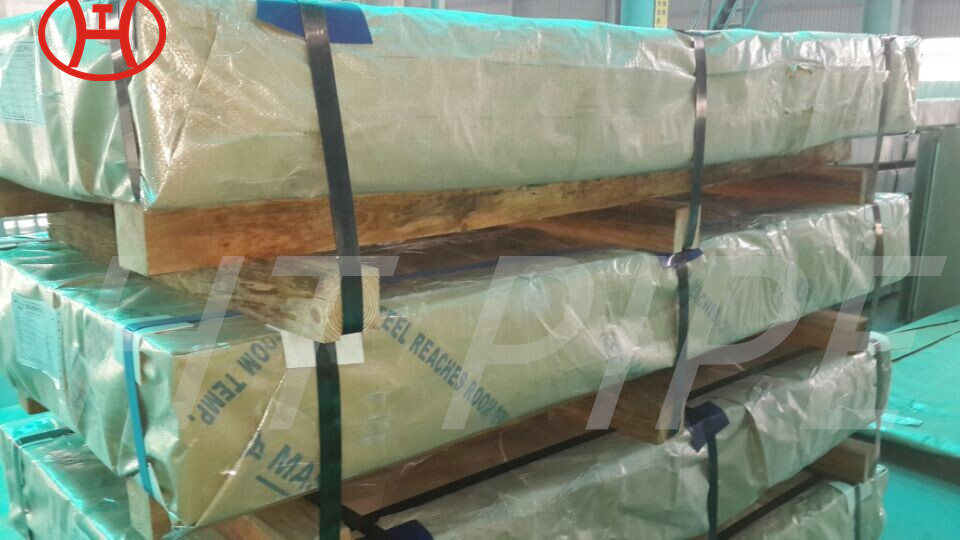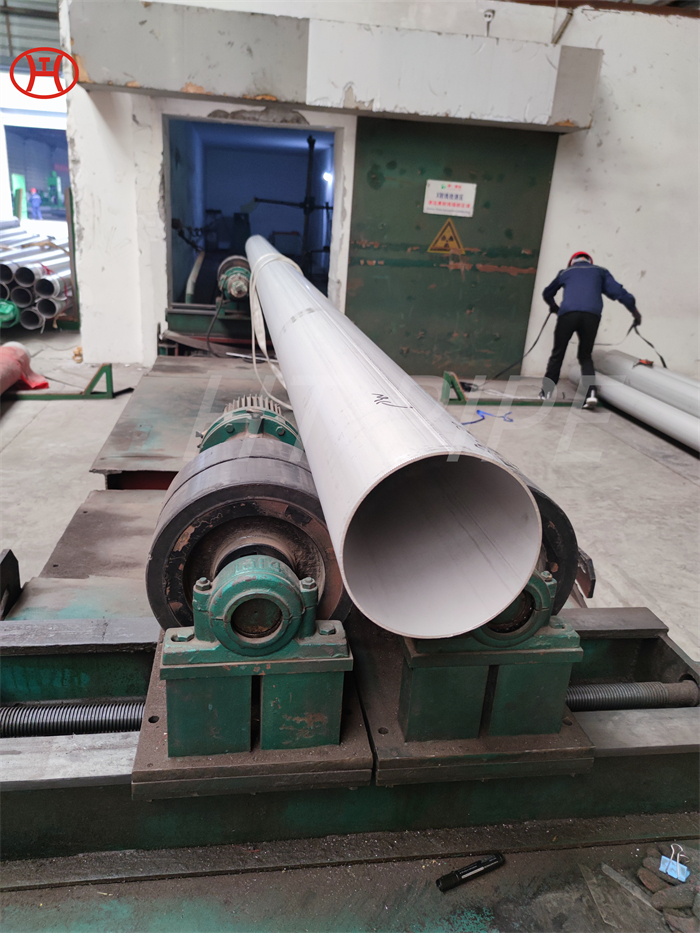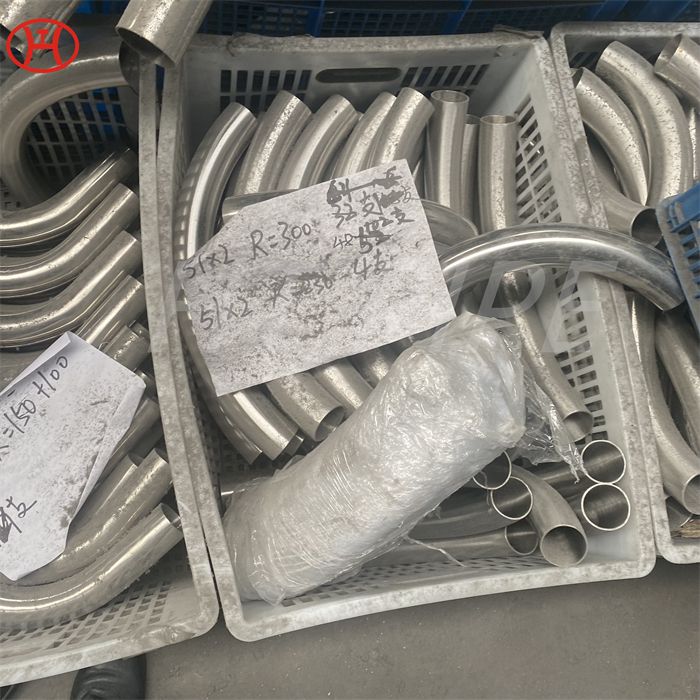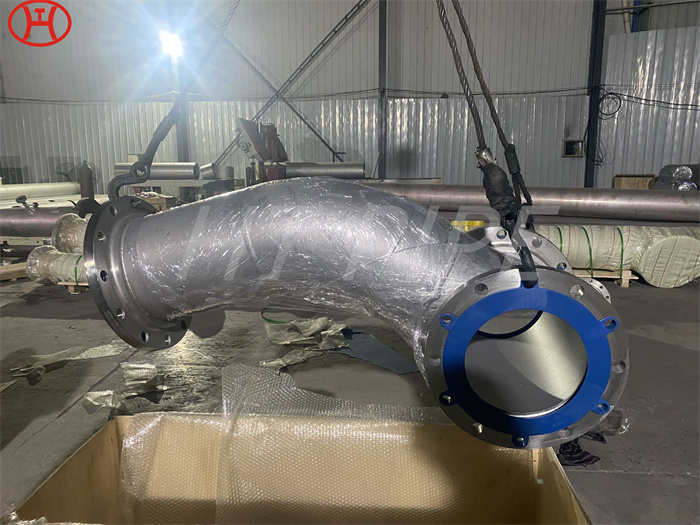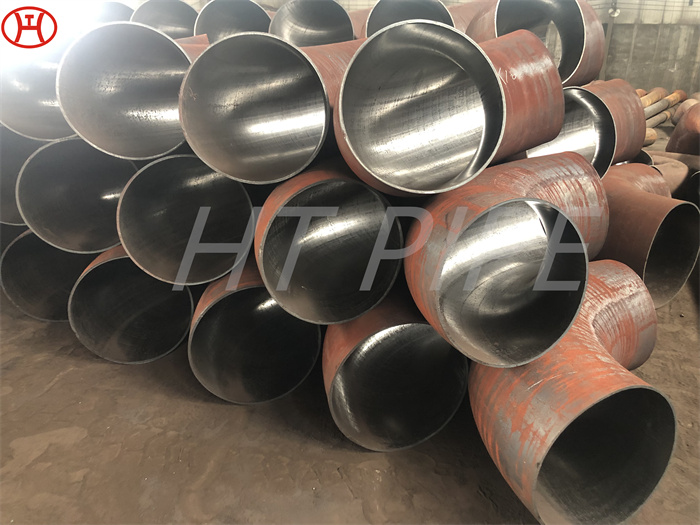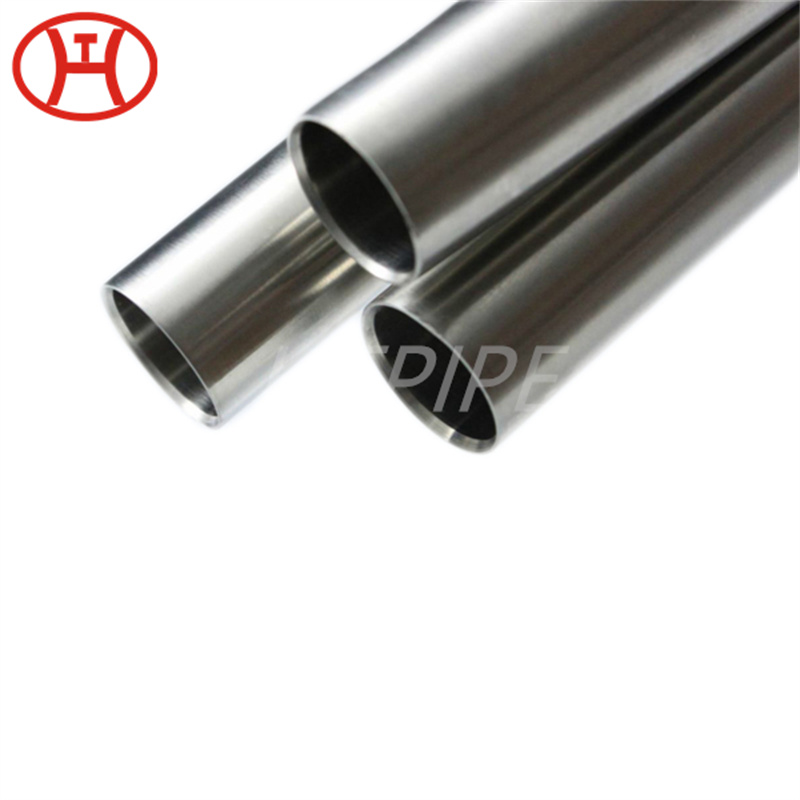Butt-welding Pipe Fittings Stub End Hastelloy B2 Lap Joint Stub End
UNS N10665 or W.Nr. 2.4617, Hastelloy B2 (also known as “Alloy B2”), is a solid solution reinforced Ni Mori with low additions of carbon, silicon and iron. It can be used to reduce chemical environment and chemical processing industry. However, Hastelloy B2 should not be used in temperatures from 1000¡ãF to 1600¡ãF and should not be used in oxidizing media.
Super alloys are also known as high performance alloys. They contain many elements in various combinations designed to provide unique material properties for specific applications. These alloys can function at very high temperatures and severe mechanical stress environments and where high surface stability is required. They have high creep and oxidation resistance.
Hastelloy is a high temperature alloy with excellent tolerances in different environments. Hastelloy B2 is a nickel-molybdenum alloy with high corrosion resistance and can be used in extreme conditions. These alloys resist carburization and graining after welding them together.

